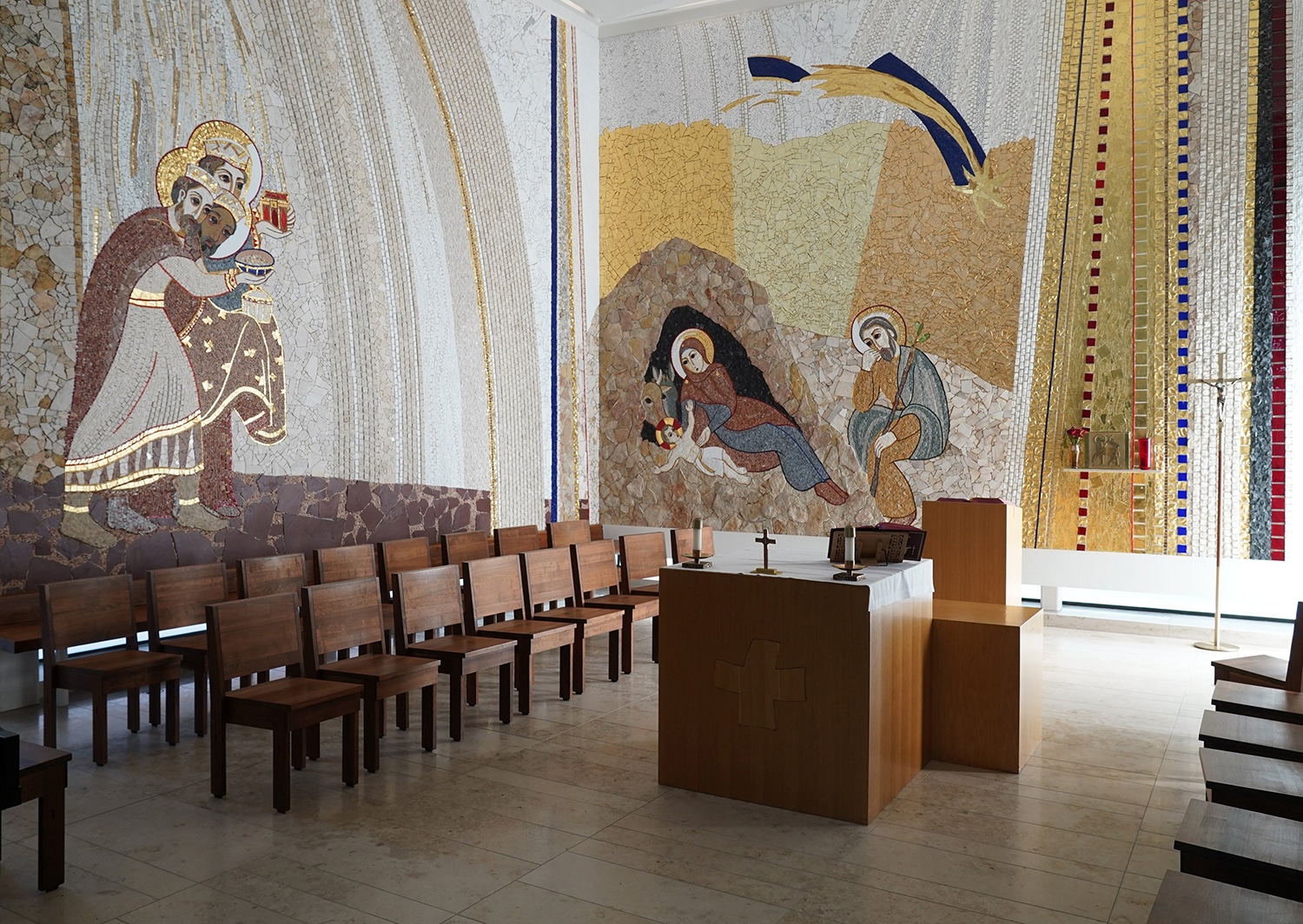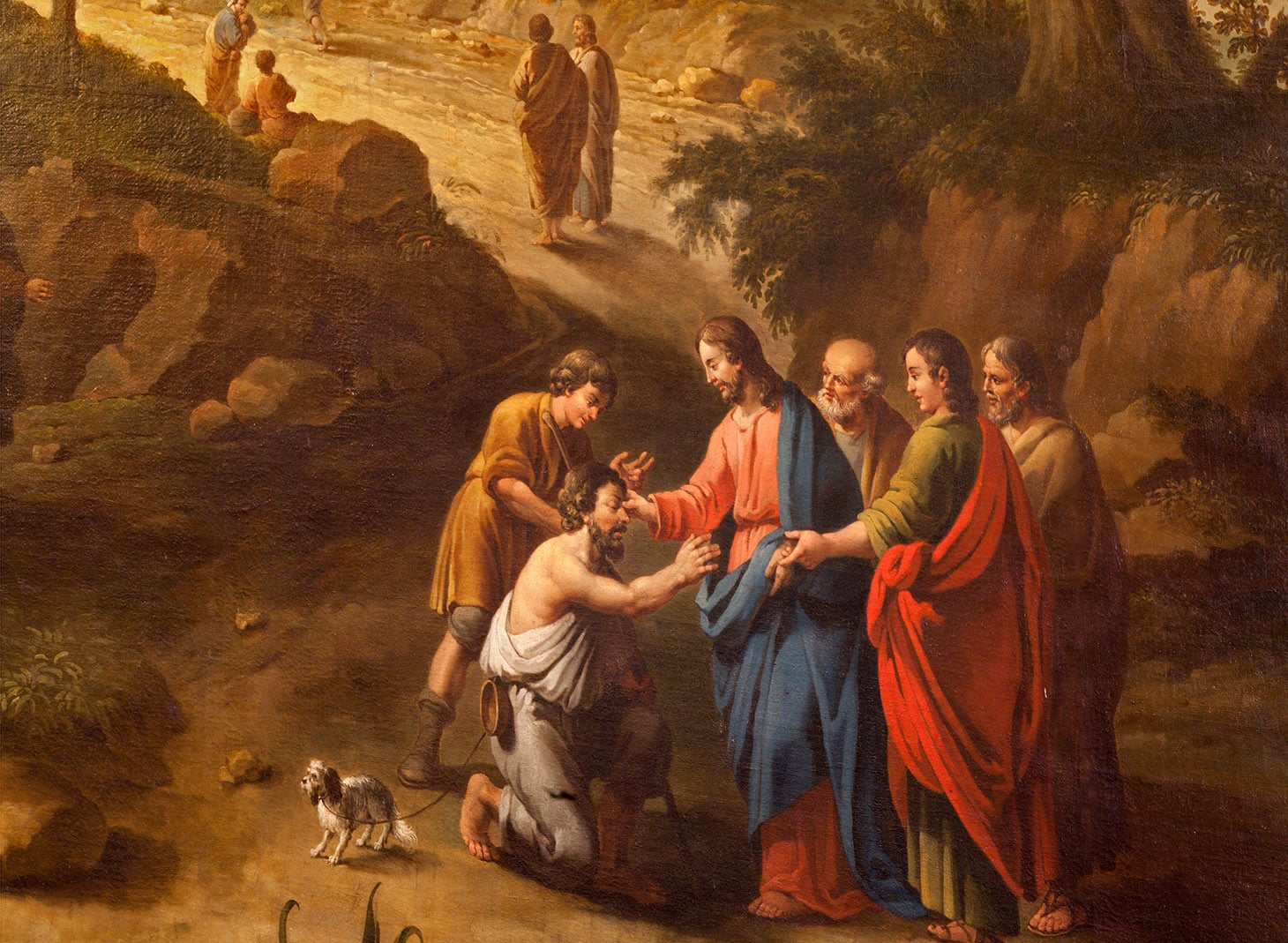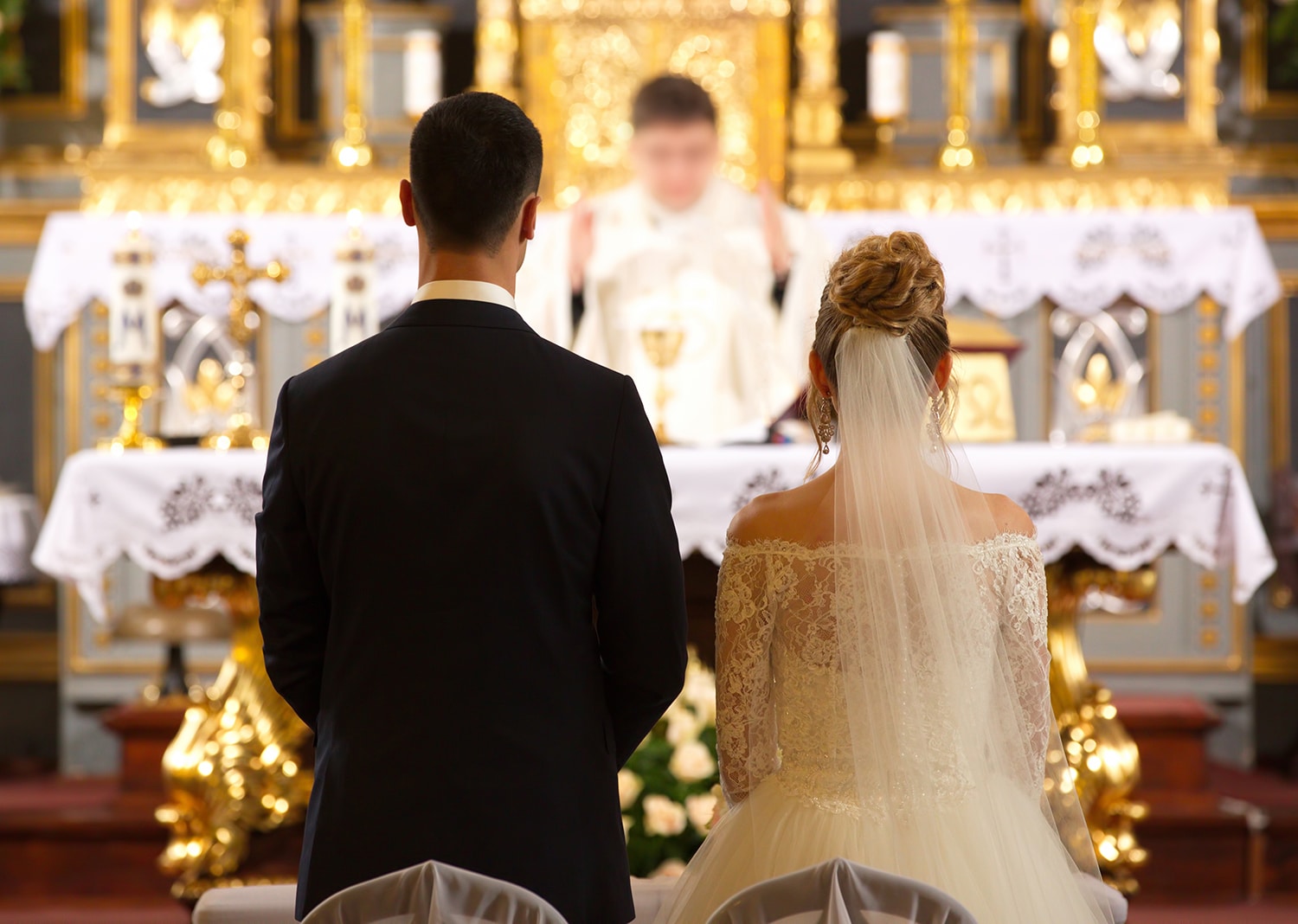Having nothing in particular against the Latin Mass, and no real opinion on the Norvus Ordo (beyond believing it could be vastly improved with the inclusion of a melodic and singable “Gloria” over the truly awful vernacular versions served up in these parts), I leave the debate on Extraordinary or Ordinary liturgical forms for others. For me, all Masses are good; may their numbers increase and may others fight about it and leave me to my prayers, devotions and faith-based interests and outreaches, Amen.
That said, the words “diabolical disorientation” have lately been a distraction.
Madness in the headlines
I’d heard the phrase uttered years ago, by someone using the prophecies of Fatima to argue with me about the validity of the Second Vatican Council and the “new Mass.” His arguments, though passionate, did not persuade, but the alliterative phrase struck me as something worth remembering, especially as the world began a full-on embrace of social media, in all its spin and confusion.
Lately I’ve been considering “diabolical disorientation” in light of ongoing headlines that would happily belong with the Cheshire Cat’s Mad Tea Party observation (“We’re all mad here”), if they didn’t fit already fit neatly into the disorienting newspeak of George Orwell’s dystopian novel, “1984” — “Trans-women can safely nurse their babies”; “Cheese is killing the planet; and, just lately, “Sexual and spiritual abuse only matters with minors.”
The Marko Rupnik scandal
Alright, I’m paraphrasing that last headline which was lengthy. It covered a new aspect in the continuing saga of disgraced priest and artist, Marko Rupnik, that being the willful — seemingly defiant — use of his artwork by the Vatican, despite pleas from his victims (deemed “credible” by the Jesuit order from which Rupnik has been expelled) to illustrate their publications with sacred art that does not continually rub salt into their still-seeping wounds.
The story covered remarks that Paolo Ruffini, the prefect of the Vatican’s Dicastery for Communication, made to Catholic journalists who asked why those images are still highlighting the dicastery’s digital and printed releases. Insisting “the closeness of the church to any victims is clear,” Ruffini argued that until the slow-moving investigation of Rupnik is concluded the artwork should remain. He added: “We are not talking about the abuse of minors (but) a story that we don’t know.”
Friends that were present there have told me that, at that moment, the tension in the room, filled with 200 Catholic journalists and communicators, rose considerably. For too many, it confirmed an uneasy, unwanted suspicion that though Church leaders have learned to respond with speed and transparency, fully cooperating with law enforcement when minors charge abuse, accusations of sexual and/or spiritual abuse made by adults — in this case religious sisters but in other cases youthful seminarians — are only addressed once the outcry of the faithful, or the press, has become too loud to ignore. Even then, a sense of urgency is not apparent.
Christ’s teachings on protecting the vulnerable
The abuse, exploitation or harm of minors was clearly addressed by Christ Jesus: “If any of you put a stumbling block before one of these little ones who believe in me, it would be better for you if a great millstone were fastened around your neck and you were drowned in the depth of the sea” (Mt 18:6).
Trusting adults, like religious and seminarians, or even lay adults who take their spiritual guidance from priests they respect, must certainly be seen as “little ones” in Christ’s eyes.
Imagine how much healthier the Church would be, and how fewer victims would have suffered while fighting to be seen and heard, if only bishops around the world had trusted the Gospel on how to heal and defend the “little ones” — casting out offenders upon credible testimonies, rather than following the “therapy and relocation” advice of so-called experts.
Prioritizing people over art
Instead, we are left to ponder the notion of “diabolical disorientation” while being forced to remind Church leaders that art — even the greatest works of artistic expression — can never be more important than people.
Art cannot be more important than the needs of credible victims of abuse.
Putting artwork ahead of human feelings effectively casts human beings aside. It makes the Church look like she is throwing people away, for the sake of art, and all while some faithful Catholics are feeling rejected for wanting a Latin Mass.
And if these are not mad, diabolical disorientations, but only dismaying mistakes, please don’t tell me how much worse it has to get.







